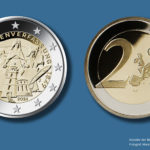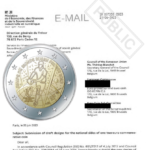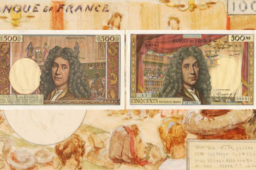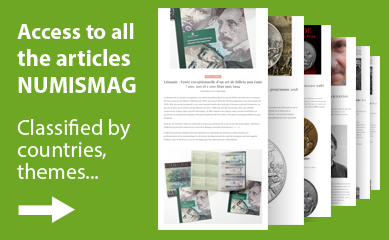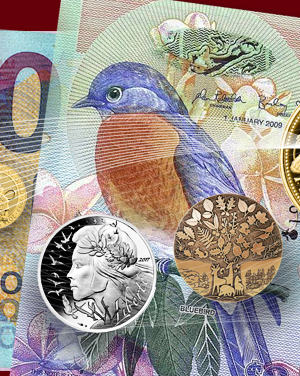
The too rare representations of famous women on french banknotes
- March 19, 2023
- by
- Pierre

Throughout the 19th century, several female figures appeared on the banknotes issued by the Banque de France. They are either goddesses belonging to Greco-Roman mythology or allegories illustrating the Law, Justice or Fortune.
It is only at the beginning of the XXth century that realistic faces will adorn the banknotes, but this figuration aims to embody values. On some banknotes issued during the First World War we see portraits of peasant women who pay tribute to the “workers of the back front”. The tendency will last then under the Vichy regime where the portraits of fishermen’s wives, miners or shepherdesses aim at glorifying the trades and economic forces of the Nation. At the same time, and until the beginning of the 1950s, the figures of goddesses are still used to embody, for example, through Pomona and Amphitrite, trade or industry.
From the 1950s onwards, the banknote systematically featured the portrait of an illustrious figure from French history. The trend, inaugurated by Descartes on the 100 francs 1942 followed by a 500 francs Chateaubriand in 1945, is again illustrated by the 500 francs Victor Hugo in 1953. But no famous women are represented.
The too rare famous women on the banknotes of the Banque de France.
And yet, there were projects!
Famous women
Jacques Cœur & Jeanne D’arc of 1939, not issued
Joan of Arc was the subject of a proposal for a ticket in 1939. The drawing was entrusted to the artist Lucien Jonas (1880-1947). He entered the École des Beaux-Arts in Paris in 1899 and was awarded the second Grand Prix de Rome in 1905. In 1929, he was made a Chevalier de la Légion d’honneur and began his collaboration with the Banque de France in 1933.
This project of the beginning of 1939 is conceived within the framework of the preparation of a series of banknotes of small format. This concern, which appeared in the early 1930s with the aim of facilitating the handling and storage of banknotes, became a priority in the context of diplomatic tensions in 1938 (Munich crisis) which paralyzed international trade. The French industry seeks to reduce its consumption of raw materials and energy. The theme of Jacques Coeur as the great money of France will be retained for the future 50 franc bill issued in 1941, but that of Joan of Arc fighting the English is discarded in July-August 1939 in favor of an anonymous shepherdess.
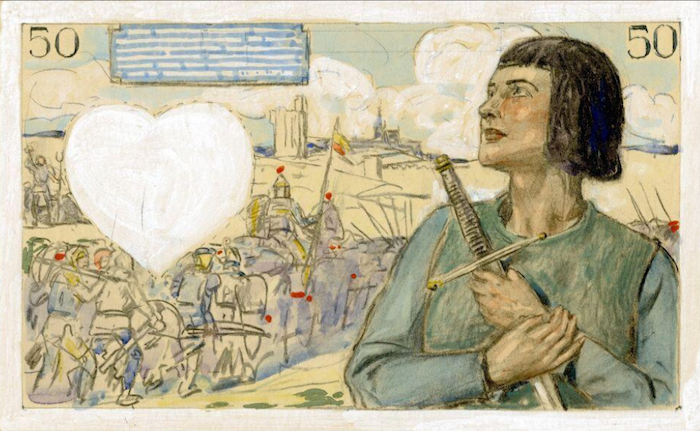
Joan of Arc fighting before Orleans. Drawing of the back with charcoal and painting on paper.
90 x 145 mm

Charcoal portrait study
Jacques Cœur obverse

The reasons for the abandonment
As the war became more precise and the alliance with the English became indispensable, it was hardly conceivable to recall the fate reserved by the latter for the national heroine. Joan of Arc was replaced by a shepherdess.
The project of a ticket with Joan of Arc is again evoked at the beginning of the year 1952 but, again an event is going to upset the proposal since is born this same year the European Community of Defense (CED) with the support, although ephemeral, of England. Once again, diplomacy had the last word!
The female figures embodied by real characters will return only from 1957 and 1960 but only through watermarks representing Marie de Médicis, wife of Henri IV on the 5000 francs type 1957 and Armande Béjart, wife of Molière for the 500 francs 1960.
The absence of portraits of women on the banknotes of the Banque de France reflects the mentality of the time and the place reserved for them if we recall that the right to vote was not acquired until 1945 and that they will acquire the free disposal of their property and exercise of profession only from 1965.
In the 1970s, there were several projects of banknotes representing women of letters: Madame de Sévigné, Colette and Madame de Staël in particular). We present you all his projects, which either will not go beyond the stage of a pre-model, or will go to print to be used as a reserve cut.
100 francs ? “Diane de Poitier and Henri II ” in 1950 not issued
Diane de Poitiers (1499-1566), countess of Saint-Vallier, duchess of Valentinois, remained for more than twenty years the favorite of Henri II, king of France, imposed herself at the royal court at the expense of the queen Catherine de Médicis.
This bill project Diane de poitier and Henri II is from the artist Clément Serveau. This cut is known in proof, printed on strong paper. There are proofs in dominant blue tones.

500 francs “Madame de Sevigne” in 1972 not issued
This 500 francs bill Madame de Sevigne is the work of Roger Excoffon (1910-1983) graphic designer, typographer and creator of typefaces. Project without continuation remained in the state of draft.

20 francs Colette of 1979, not issued
At the end of the 1970s, the Banque de France programmed the production of new vignettes for the 20 franc banknotes. It ordered models from the artist Bernard Taurelle who presented two projects, one concerning Colette and the second Debussy.

The composition of the model of the front side is inspired by a photograph from the book Dans l’intimité de personnages Illustres.
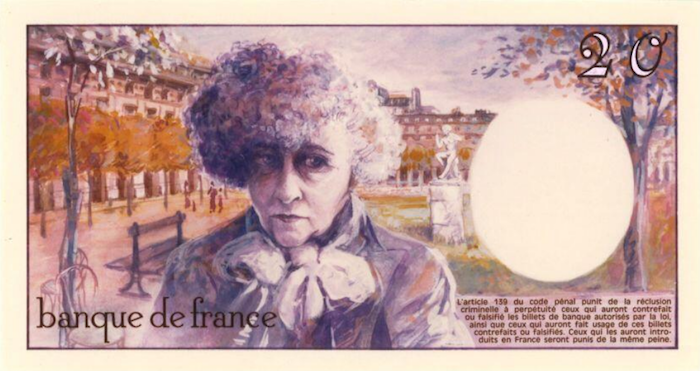
The reverse side represents Colette walking in the garden of the Palais-Royal which she admired daily from her windows at 9 rue de Beaujolais. The square in front of the Comédie française at the entrance to the garden has been named after her since the decree issued by André Malraux on February 19th 1966.
Another version with different tones and a different back.

The reasons for the abandonment
During the meeting of the General Council on October 18, 1979, the Council elected by the staff was astonished by the choice of Debussy, whereas the Governor had previously indicated that he wished to see a female effigy appear at last on a banknote of the Bank, Governor Clappier replied by specifying “that it would be a pity to have the first female effigy appear on such a modest denomination”. The model of the 20 francs banknote project representing Colette is thus not adopted by the General Council, preferring the 20 francs Debussy project.
George Sand – 1980
It is on a private initiative that this model dedicated to George Sand was realized. The director of the radio station Europe 1, sent to the governor of the Bank of France this model ordered from the painter Raymond Biaussat. The latter had chosen George Sand. Although evoked for a denomination of 1000 francs, this project remained without continuation.

500 francs Madame de Stael of 1984, not issued
This project of the artist Albert Simonneau is the final version of a front side of the 500 franc bill “Madame de Stael” of 1984.

Painting on glued paper
Several projects are going to be set in motion with queens as themes to illustrate certain historical periods, medieval for Clotilde of Burgundy, Renaissance for Elisabeth of Austria or Anne of Brittany.
1st draft banknote
Queen Clotilde – 1941
Clotilde, wife of Clovis I born around 474, died around 545 in Tours. It is the first project with the effigy of the queen Clothilde which had been in progress in 1941 with the painter Sébastien LAURENT and which was abandoned.

2nd draft
500 and 1000 Francs Queen Clotilde, Medieval Art – type 1980
First draft of Pierrette LAMBERT for the series Art Medieval – Clotilde de BURGONDIE. This pre-project “Reine CLOTILDE” was studied with two face values, 500 and 1000 francs.
At the end of the 1970s, the Banque de France undertook the creation of a new range of banknotes on the theme of French artistic heritage, then of the great artistic eras: the Middle Ages, the Renaissance and the 18th century. The “Medieval Art” project underwent various changes in its face value, its representations and its printing processes until this version in offset enhanced with a black intaglio on the front and equipped with new security features (micro-letters in particular).

Study by Pierrette Lambert of the 1979 first project of the 500 which will become the 1000F.
The reasons for the abandonment
On these versions of the Medieval Art banknote, the effigy of Queen Clotilda is replaced by the representation of a wooden angel, from Reims and dating from the 13th century. This last version will be printed to 1 million copy is kept in reserve. It will be victim of the measures of austerity and monetary protection engaged in March 1983 by the Prime Minister Pierre Mauroy. It will finally not be issued.
500 francs Elisabeth of Austria – 1982 – not issued
The Banque de France initiated the project of a banknote dedicated to the Renaissance, in the spring of 1982, with the objective of having a reserve denomination that could replace the 500 franc banknote Type 1968 “Pascal” in the event that the latter should fall victim to a massive counterfeiting.
This study dated 1982 created by the artist Pierrette Lambert within the framework of a 500 franc banknote Elisabeth of Austria who is the wife of King Charles IX. This first draft Elisabeth of Austria was replaced by another famous woman Anne of Brittany.


500 francs Anne de Bretagne – Renaissance – type 1986
First queen of the Romans when she married Maximilian I of Habsburg, she became queen of France at her second marriage to the king of France Charles VII. At his death she married the successor of Charles VII, Louis XII.
This new banknote project replaces the 500 francs Elisabeth of Austria. Initially drawn in an elongated version approaching the check format, the composition was retained only after a change of format that made the composition lose some harmony.
The final version named “500 francs type 1986 Renaissance” was printed in 1988 in one million copies. This banknote was used as a test for new security techniques, (hidden watermark for example), new printing techniques (special inks, tiny prints).
In the end this banknote was used as a reserve denomination to counteract a possible counterfeiting of the 500 franc bill in circulation. The bank of France will not have to use this reserve note, because the services of conception of bill advance in the conception of a new range of notes of which the 500 francs which will be dedicated to Marie Curie.
Work of Pierrette Lambert, this project will go until the end of its conception. This banknote, which will never be issued, will nevertheless be printed in one million copies to test new fiduciary security features. Engraving of Herouard and Jubert. Intaglio by Durrens. Dimensions : 153 x 80 mm. Watermark : Anne de Bretagne. Polychrome offset printing.
1st version
Extended version, similar to the cheque format
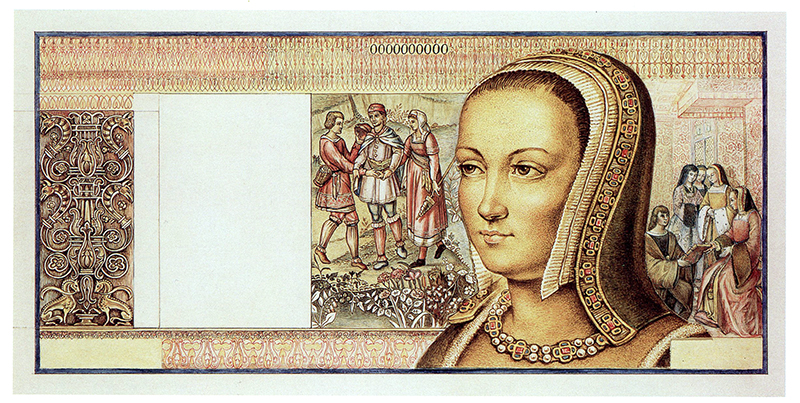
Recto : identical portrait of Anne of Brittany with in the background on the left characters in period costumes and on the right, the scene of the Treaty of Nantes of 1499 signed by Anne of Brittany and Louis XII.
2nd version
Shortened version. We can see it especially at the level of the face more narrowed than the previous one. Otherwise no change in the pattern.

Obverse: identical portrait of Anne of Brittany with in the background on the left characters in period costumes and on the right, the scene of the Treaty of Nantes of 1499 signed by Anne of Brittany and Louis XII. Format 182 x 97 mm.

Reverse : Portrait of Anne of Brittany, identical to the recto; the upper band of the banknote takes motifs from the medallions of the fireplace of the salon d’honneur of the château de Blois; framing the portrait, a representation of the châteaux of Chenonceau and Chambord. At the bottom a salamander, motif of a fireplace of the castle of Blois. On the right two nymphs from the Innocents fountain, a helmet and a 16th century portal motif.
3rd version

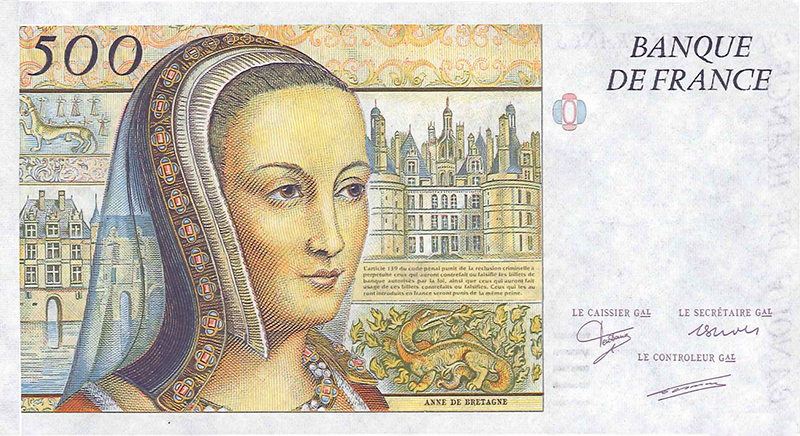
4th version


The next woman to be honored is Marie Curie. Several models will have been executed first in 1972 and then in 1977, after a campaign led by the magazine Marie Claire. Marie Curie will not be retained at this period either and it will be necessary to wait for the 500 francs 1993 to see her portrait adorning a banknote with her husband in the background.
1972 Marie Curie 500 franc banknote
First draft
This project is by the artist Lucien Fontanarosa (1912-1975). After training at the Ecole Nationale des Beaux-Arts in Paris in 1931, he pursued a long career that was rewarded with numerous prizes. He was elected member of the Academy of Fine Arts in 1955. It was Fontanarosa who produced the 50 Fr Quentin Latour, 100 Fr Delacroix and the 500 Fr Pascal. Fontanarosa’s proposals will remain in the state of summary study.


Painting on cardboard
1977 20 franc banknote Marie Curie
Second draft
This second project is due to the artist Jacques Combet (1920-1993). The drawing presents the profile portrait of Marie Curie, study of the back.


Painting on paper pasted on cardboard
Marie Curie 500 franc banknote – third project
This project is due to the artist Bernard Taurelle
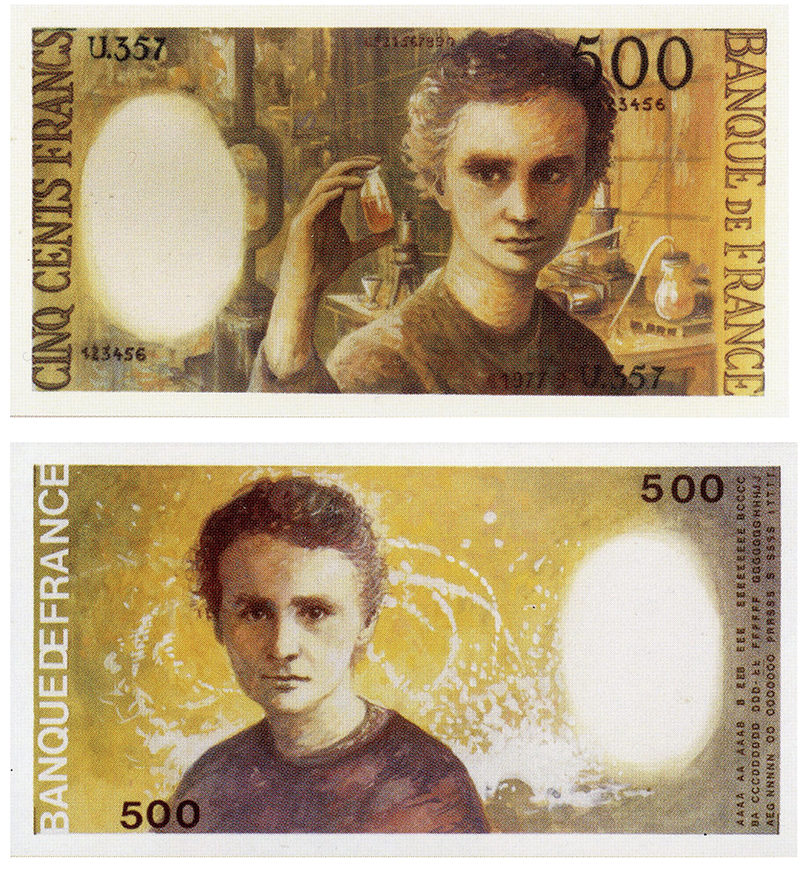
Marie Curie 200 franc banknote – Fourth project
This project created by the artist Bernard Taurelle is the only vertical composition proposed for a banknote of the Banque de France. The drawing represents Marie Curie in her laboratory, study of the front side not issued.

Watercolor on drawing paper
Marie Curie 500 franc banknote – 1994 – Fourth project
The only franc banknote “issued” with the portrait of a famous woman, is the work of the French-Swiss artist Roger Pfund (1943-). The drawing on the front side represents Marie Curie and her husband Pierre Curie. The portrait of Marie Curie is also used for the watermark.
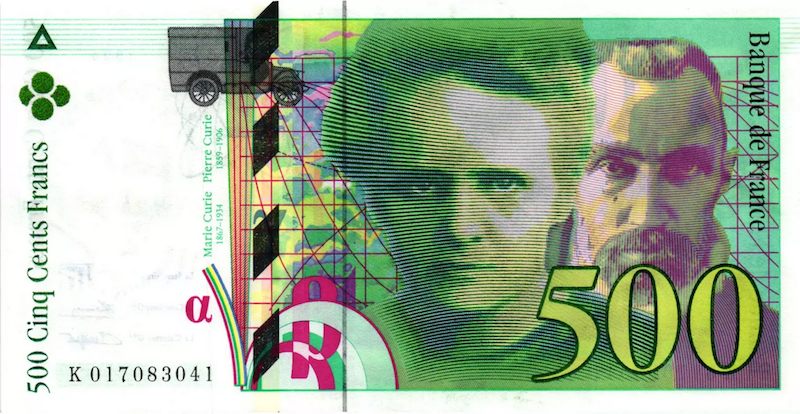

Sources: Bank of France and Numismag©




